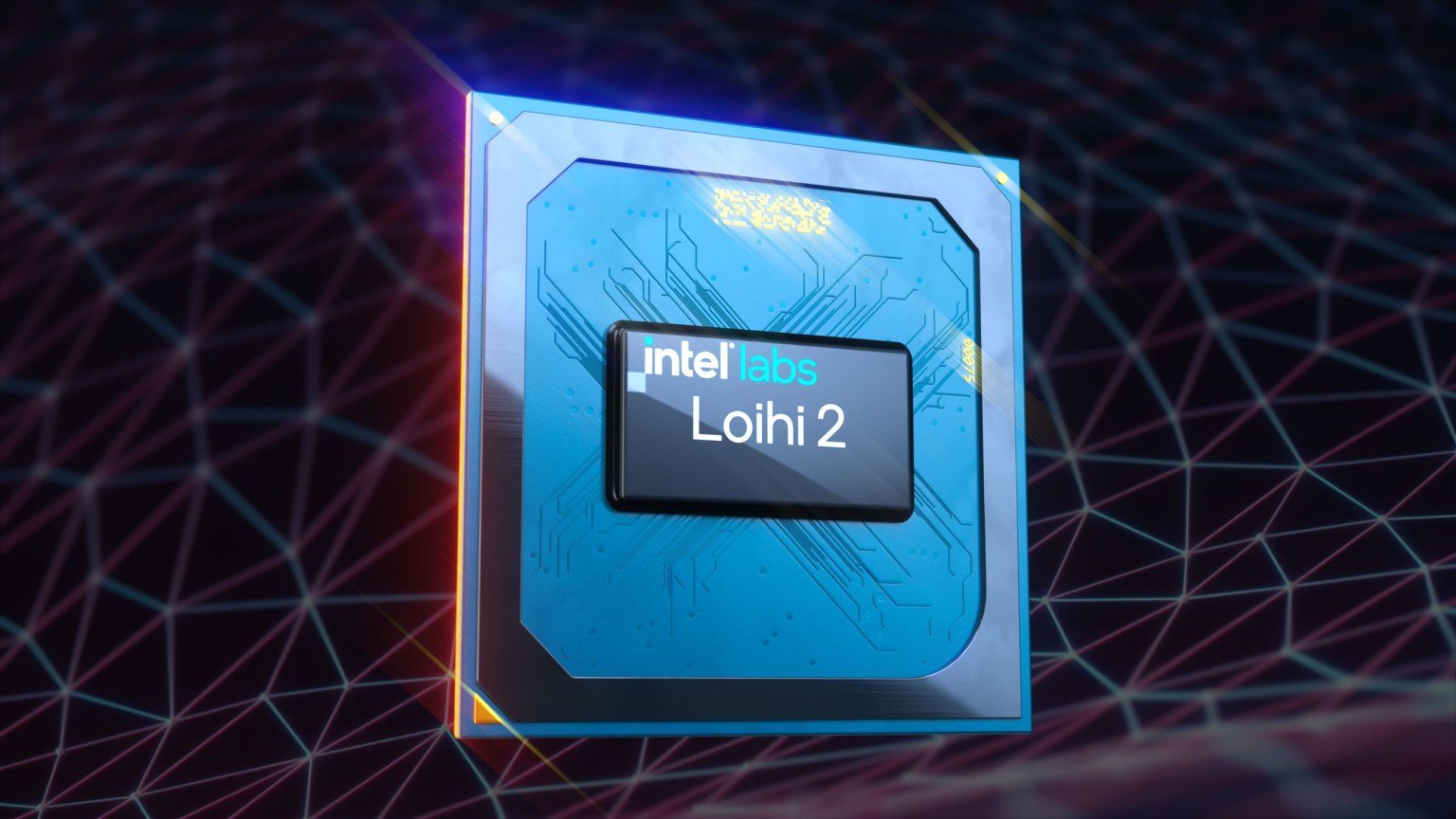
Intel has unveiled the Loihi 2 processor, its new 2nd generation neuromorphic chip. The first processor variation appeared three years ago.
The Loihi 2 is based on the Intel 4 process technology. Compared to its predecessor, the device has acquired several upgrades due to the progress in the technical manufacturing processes and asynchronous design techniques. Now the architecture of the chip has support for new classes of algorithms, which makes it possible to simulate brain activity. Thus, the processing speed and resource density were increased by 10 and 15 times, respectively.
In addition to the processor, the Lava software framework was added. It presents an open, modular and extensible environment, with a focus on an audience of neuromorphic researchers. This solution will allow developers to move to the implementation of neuromorphic applications without the need for specialized equipment.
According to Intel, neuromorphic processes will greatly improve the performance of peripheral programs, robotics and artificial intelligence. In particular, the technology will be used to create robotic limbs and neuromorphic skin.
At the moment, Intel can offer two neuromorphic systems based on the Loihi 2 chip: Oheo Gulch and Kapoho Point. The first is single-chip and is designed for early evaluation, while the second already has eight chips and will soon be available. Loihi 2 and Lava will be officially unveiled at Intel's October event.
The Loihi 2 is based on the Intel 4 process technology. Compared to its predecessor, the device has acquired several upgrades due to the progress in the technical manufacturing processes and asynchronous design techniques. Now the architecture of the chip has support for new classes of algorithms, which makes it possible to simulate brain activity. Thus, the processing speed and resource density were increased by 10 and 15 times, respectively.
In addition to the processor, the Lava software framework was added. It presents an open, modular and extensible environment, with a focus on an audience of neuromorphic researchers. This solution will allow developers to move to the implementation of neuromorphic applications without the need for specialized equipment.
According to Intel, neuromorphic processes will greatly improve the performance of peripheral programs, robotics and artificial intelligence. In particular, the technology will be used to create robotic limbs and neuromorphic skin.
At the moment, Intel can offer two neuromorphic systems based on the Loihi 2 chip: Oheo Gulch and Kapoho Point. The first is single-chip and is designed for early evaluation, while the second already has eight chips and will soon be available. Loihi 2 and Lava will be officially unveiled at Intel's October event.
Login or register to post comments
Comments 0